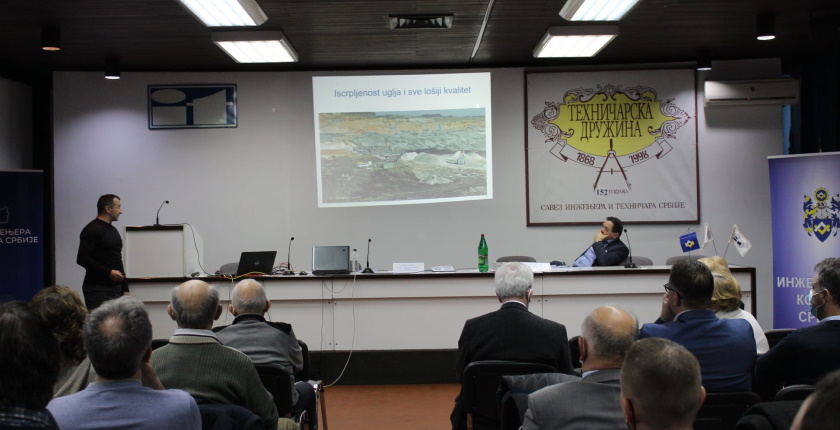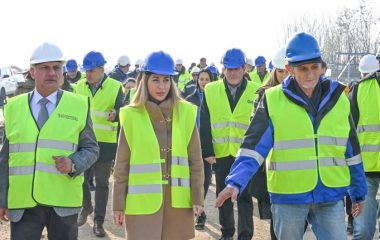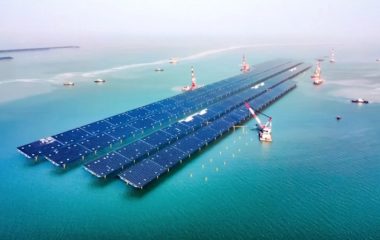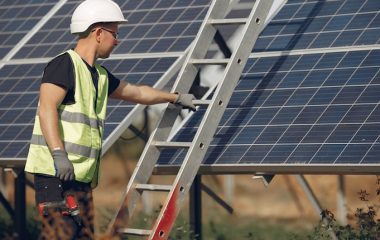
Serbia needs to install 7,000 megawatts (MW) of wind and 6,000 MW of solar by 2050 to completely decarbonize the power system, said Željko Đurišić, a professor at the School of Electrical Engineering in Belgrade. Reliance on coal for power generation is not a solution due to the low quality of coal and small reserves, together with unprofitability, he stressed.
Željko Đurišić said the political reasons for switching to renewables by 2050 and the green agenda are less important than the fact that coal in Serbia is of poor quality, and reserves are small.
Coal-fired power plants have no economic future due to CO2 taxes
At the conference energy efficiency and the fourth industrial revolution, Đurišić underlined that the production of electricity from fossil fuels pollutes the environment, but also that has no economic perspective. At some point, a carbon tax will have to be paid, and today it already amounts to EUR 50 per MWh, Đurišić said at the event, organized by the Association of Engineers and Technicians of Serbia.
If Serbia analyzes what new power plans it should install from the point of energy independence, it is clear that natural gas and nuclear power are not solutions because it must import gas and uranium. We are stuck with solar and wind energy, he stressed.
Solar and wind energy provides energy independence, not gas power plants and nuclear power plants
According to the study, to complete decarbonization of the power system by 2050, it is necessary to install wind farms with a capacity of 7,000 MW, and 6,000 MW in solar parks, Đurišić said and pointed out that the potential for production from the said sources is actually much higher.
The full decarbonization scenario includes hydropower, as well as balancing and energy storage capacity.
If Serbia opts for such a strategy, by 2040 it could be producing 70 percent of its energy from renewable sources, and 30 percent from fossil fuels, opposite from the current energy mix, Đurišić underlined.


















Taman tako…ostaje samo kako će se upravljati tranzicijom do tog stanja.
Šta je babi milo, to joj se i snilo.